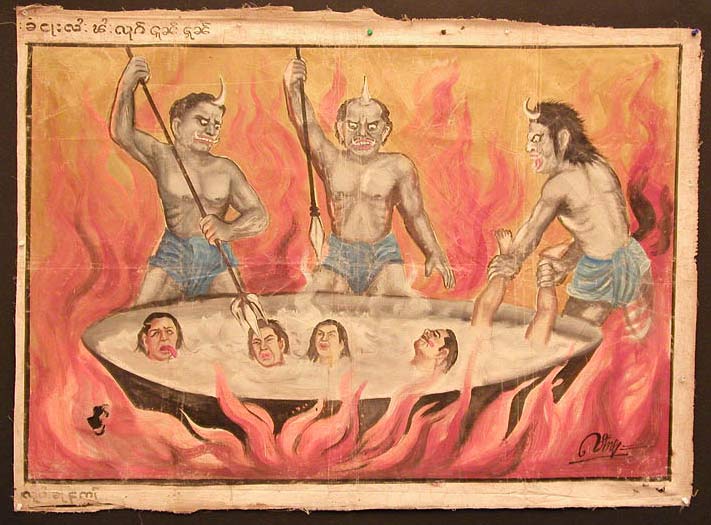Ereskigal (Sumerian deity)
Enlarge text Shrink text- Work cat.: Hutter, M. Altorientalische Vorstellungen von der Unterwelt: Literar- und religionsgeschichtliche Ub̈erlegungen zu "Nergal und Eresǩigal", 1985
- Wikipedia, Oct. 25, 2010(In Mesopotamian mythology, Ereshkigal was the goddess of Irkalla, the land of the dead and underworld; sometimes her name is given as Irkalla; Ereshkigal was the only one who could pass judgement and give laws in her kingdom)
- themystica.org website, Oct. 25, 2010(Eriskigal was the consort of Nergal and queen of the underworld, and mother of Ninazu; her time of worship extended from about 3500 BC to 200 BC)
- Encyclopedia Mythica, Oct. 25, 2010(Ereshkigal, the Sumerian and Akkadian goddess of the underworld)
In Mesopotamian mythology, Ereshkigal (Sumerian: 𒀭𒊩𒌆𒆠𒃲 [DEREŠ.KI.GAL]), lit. "Queen of the Great Earth") was the goddess of Kur, the land of the dead or underworld in Sumerian mythology. In later myths, she was said to rule Irkalla alongside her husband Nergal. Sometimes her name is given as Irkalla, similar to the way the name Hades was used in Greek mythology for both the underworld and its ruler, and sometimes it is given as Ninkigal, lit. "Lady of the Great Earth”. Ereshkigal was only one of multiple deities regarded as rulers of the underworld in Mesopotamia. The main temple dedicated to her was located in Kutha, a city originally associated with Nergal, and her cult had a very limited scope. No personal names with "Ereshkigal" as a theophoric element are known. In the ancient Sumerian poem Inanna's Descent to the Underworld, Ereshkigal is described as Inanna's older sister. However, this is a cultural artifact since the Sumerians used terms such as sister as a way to place each other on the same level in hierarchy. The two main myths involving Ereshkigal are the story of Inanna's descent into the Underworld and the story of Ereshkigal's marriage to the god Nergal. Other myths also associate her with gods such as Ninazu, originally regarded as her husband but later as a son, and Ningishzida.
Read more on Wikipedia >
 Personality
Personality





